Military SAR H225M Caracal Double Hoist Fatality Accident
On 29 April 2020, Armée de l’Air Airbus H225M Caracal (formerly an EC725) F-UGSK / 2802 of EH 01.067 Pyrenees, a special forces helicopter squadron, was involved in a fatal hoisting accident during a training mission at the DGA Essais de Missiles Landes missile range, near Biscarosse.
The Accident Flight
Investigators of the BEA-Etat (BEA-E) explain in their safety investigation report, issued (in French) on 27 April 2021, that on board were a crew of 7 (two pilots, a hoist operator instructor and student, a rescue diver instructor and student, and paramedic). Twelve hoist exercises had already been carried out. These had involved a 60-130 ft cable length. The last exercise involved unwinding 190 ft of cable over sloping ground.
During that exercise the Goodrich Type 76368-240-D variable speed hydraulic hoist jammed on the ascent with two personnel, the student rescue diver and paramedic, 5 m below the helicopter. The helicopter manoeuvred at 10 knots towards an open area. While following the emergency checklist, the crew realised the hoist could still pay out cable and so simultaneously started to lower the two stranded personnel.
Tragically, after a couple of seconds, the hoist cable broke and the two fell to the ground from c 40 m. The helicopter landed nearby to help the casualties After first aid the casualties were evacuated to the Cazaux air base, 8 minutes away. One was declared dead on arrival and the other died overnight in hospital on Bordeaux.
The BEA-E Safety Investigation: Examination of the Goodrich Hoist
On this H225M the primary hoist is hydraulic, but there is also an electric back-up mounted outboard.
Investigators examined the hydraulic hoist. The remaining cable was found not to be correctly wound, and the host was contaminated with grease and particles.
The broken cable was found to be “marked, folded and untwisted” (i.e. the strands had separated) along the upper 1 m of its 20.6 m length. Other damage was “visible along its entire length”.
The cable is 4.76 mm in diameter and made of 19 strands, each of 7 wires of galvanized steel with a 1,500 daN (3372 lbf) breaking load.
The hoist consists of a hydraulic motor, cable drum, cable & hook, cable brake, cable guide (with a ‘guide finger’ [or ‘shoe’] that translates laterally, driven by a winding screw (or lead screw), to ensure correct cable winding), an extraction device to apply tension to the cable, limit switches, pyrotechnic cutter and a ‘pendant’ hand control unit.
The cable is wound onto the drum in four layers (called ‘rows’ by BEA-E) of 31 to 36 turns each (with the last 8 being ‘dead turns’ that are never unwound).
The maximum extension is 75 m. The BEA-E give examples of the type of damage a cable may suffer:
The BEA-E say that upon examination:
The inner face of the hoist housing shows signs of cable friction all around its circumference and about 5 cm on the side opposite the motor.
Armée de l’Air Airbus H225 Caracal Goodrich Hoist Drum and Housing Damage (Credit: DGA TA via BEA-E)
Part of the flange on the side opposite the motor was almost broken. It separated during their extraction of the cable. Traces of friction and material transfers from the cable are present on this piece of broken flange.
They also identified a turn of the cable, just a few centimetres before the cable failure, which had looped around the flange.
The BEA-E found the first two layers were correctly wound, but the cable was misaligned in the third layer.

Armée de l’Air Airbus H225 Caracal Goodrich Hoist – Cable Layers as Found (Credit: DGA TA via BEA-E)
They say:
This is at the origin of the traces of friction observed on the casing as well as the passage of a turn on the other side of the flange.
The cable ruptured about 15 cm before the cable had looped over the flange. Scanning Electron Microscope (SEM) inspections show…
…that the cable was weakened by the rupture of several strands by abrasion on the flange then it broke statically. No damage prior to the event (pitting, corrosion, etc.) was detected.
Testing of the cable guide and winding screw revealed that…
Blocking of the cable guide on the side opposite the motor when winding the cable caused the desynchronization of the drum and the cable guide, the wiggling of the cable as well as the passage of a coil behind the flange on the side opposite the motor.
The grease used was found to be the specified grade, however:.
Numerous filings (metal particles) were present, mainly on the side opposite the motor. These were aluminium particles from the abrasion of the casing by the cable . There were also grains of sand stuck to the grease on the winding screw assembly.
The winding screw itself was examined. In the illustration below the areas in red have excess material, whereas the areas in green and blue are worn.

Armée de l’Air Airbus H225 Caracal Goodrich Hoist Winding Screw Dimensions (Credit: DGA TA via BEA-E)
The BEA-E found that the turning points at the ends of the screw were worn. The one marked with a black circle above was particularly worn (500 µm) and this is where the cable guide jammed.
Abnormal marks were visible (see below) on two diamonds opposite where the cable guide is positioned.
Armée de l’Air Airbus H225 Caracal Goodrich Hoist – Unexplained Winding Screw Marks (Credit: SGRA via BEA-E)
They look like a mark of tools and cannot have been made while the winch was in operation otherwise they would have been helical. Since the guide finger is in contact with the side and not the top of the winding screw diamonds, these marks have no impact on the operation of the winch. However, they may have contributed to the wear of the guide finger.
The guide finger was worn on both sides, to a maximum of 800 µm on the right side and 500 µm on the left side. The investigators also noted transfers of material from the winding screw to the finger as well as sand encrustation.
BEA-E Safety Analysis
The BEA-E then postulated potential technical or operational human/organisational factors. They don’t however ultimatelty determine which were the most likely.
BEA-E identified two potential causes of the wear:
- An inadequate programme of maintenance: “The winding screw and the guide finger have no limit of use. They are only checked during major maintenance at the manufacturer and are not systematically changed. This may have contributed to the failure to detect significant wear on these parts”.
- Contamination: “The presence of sand may have contributed to the wear of the winding screw and the guide finger. However, this type of hoist can be used in marine or sandy conditions. The [maintenance manual] documentation is not precise on what to do in the presence of grains of sand stuck to the grease”.
BEA-E identified a number of potential operational factors related to hoisting:
- Hoisting with a Side Load: “Using the hoist with an angle of the cable at the exit of the cable guide barrel greater than 20° can contribute to premature wear of the winding screw and the guide finger. This limitation is not included in the manufacturer’s and operator’s documentation”.
- Hoisting while the helicopter is in motion: “Moving the helicopter with a transitioning cable can contribute to premature wear of the winding screw and guide finger. The equipment manufacturer Goodrich does not explicitly authorize the operation of the winch during travel”. The Airbus Flight Manual Supplement does advise hoisting personnel aboard before transitioning to forward flight. The BEA-E do acknowledge however that “some operational scenarios do by their very nature require hoisting while the aircraft is moving”.
- Wear when attaching to / detaching from the hook in the cabin: The BEA-E note that in these circumstances the slack cable will be non-vertical and might contribute to wear (albeit presumably in the first few metres of the cable)
- Miscounting of hoist cycles: the BEA-E observe that Goodrich say a hoist cycle in flight is an extension and retraction of cable “regardless of the length of cable unwound and the load used”. In contrast crews don’t count the paying in and out of cable to the cabin.
- Hover trim: The H225 hovers nose up by about 3-5º (8º when an auxiliary fuel tank is fitted). This “could have contributed to the premature wear”.
BEA-E then identify a number of potential factors related to crew decision-making when the jam occurred:
- Fault-finding procedures: By following the hoist failure checklist that seeks to identify, among other things, if the failure is in the hoist control pendant, the hoist operator discovered that the hoist would lower.
- Operating procedures: While the Goodrich Maintenance Manual states hoisting should be stopped if “an improper phenomenon is observed”, this instruction to maintainers was not in included in operational documentation.
- Experience on other types: The host operator had prior experience on the SA330 Puma and AS555 Fennec, On both those types the procedure in the event of a jam including attempting to force the operation of the hoist.
- Safety alerts from a prior occurrence: A jammed hoist event occurred in February 2017. In that case the jam occurred at the level of the door sill, so the personnel could readily clamber onboard. The safety alert issued after however included a statement that a hoist jammed while hoisting upwards might still lower. The safety alert after an August 2019 occurrence also discussed ‘jolting’ the cable to enable it to be hoisted up. These alerts resulted in the “sharing of erroneous knowledge”.
- Emphasis on placing personnel on the ground: Emergency procedures generally emphasised placing personnel on the ground.
Aerossurance is however surprised that in this analysis that the BEA-E don’t discuss inter-hoist transfer, a standard solution to a jammed hoist on helicopters equipped with double hoists. The concept of fitting two hoists was a specific outcome of the fatal loss of Bristow / HMCG winchman Billy Deacon GC on the Green Lilly on 19 December 1997. It’s possible that either the student had not trained on this eventuality or that manoeuvring to near-by open ground was seen as a faster solution.
Next, BEA-E identify factors that could have precluded early detection:
- Hoist ergonomics: BEA-E comment that the hoist design “does not provide a good visual of the cable winding”. The drum is enclosed in a casing which is only open on the underside. “The view of the cable is partially obstructed by the cable guide and would require the hoist operator to lean outside and look up, inconsistent with their role to monitoring the people on the end of the cable.
- Conduct of a comms failure drill: During the final hoist cycle the hoist operator initiated a comms failure exercise, which required taking his hand from the cable to give the comms failure hand signal. This momentarily reduced the chances of detecting an abnormality.
- Hoisting procedures: However BEA-E go on to say there was no procedural requirement for the hoist operator to have a hand on the cable, which is considered good practice.
- Cabin and cockpit noise: The naturally noisy environment of a helicopter during hoisting meant it would be difficult to hear any abnormal sounds from the hoist.
- Insifficient communications equipment: The trainee rescue swimmer was also only equipped with a VHF radio usable on the ground.
The BEA-E also note that while Goodrich was being informed of all failures that occurred in-service, the military “did not always receive feedback” on these nor did they receive feedback on occurrences at other customers.
BEA-E Conclusions
The hoist cable broke during lowering due to the shearing of several strands of the cable by friction on the edges of the flange on the side opposite the motor.
This occurred due to wear on the winding screw and guide finger that allowed a loop of cable to form over the flange. Contributory factors may have included:
- the inspection frequency
- sand in the grease
- hoisting with the cable at an angle
The decision to continuing hoisting cable out may have been influenced by:
- ommissions in procedures and the specifc fault-finding requirements
- inappropriate feedback in safety alerts and experience on other types with different procedures
- the absence of other indications of failure
- the ergonomics of the hoist and inability to observe the wound cable
BEA-E Safety Recommendations
Twenty seven recommendations were raised.
- Goodrich were recommended to set life limits for the winding screws and guide fingers and consider routinely replacing at overhaul, require preventative maintenance inspections on the winding screws and guide fingers giving limits to acceptable wear, specify the cleaning actions if sand contamination is found, specify a lubrication method for the winding screw, study how to prevent a cable looping behind the flange, modify hoists so the cable is central on the drum when completely wound in, study a means to detect abnormal cable winding, improve reliability, further investigate the marks found on the winding screw
- Goodrich and Airbus were recommended to add a visual inspection window to the hoist cowling, study the effect of operation at a permanent cable exit angle and mitigate, improve the definition of critical environmental conditions and promote the BEA-E report to their customers.
- Airbus were recommended issue guidance if a 20º exit angle was exceeded and modify operating instructions.
- The French Air Force and Airbus were recommended to standardise cycle counting methodologies and study qualification tracking tools.
- Military operators were recommended to amend their operating procedures, improve communications capability while hoisting, check cable harness positions, improve maintenance reporting and add extra medical kit when conducting ‘risky activities’.
- DGA were recommended to consider replacing old standard hoists
- All organisations (military & industry) were recommended to look at applicability of recommendations to other hoists models and installations.
Safety Resources
The European Aviation Safety Agency (EASA) is sponsoring a safety promotion activity on hoist operations. The European Safety Promotion Network Rotorcraft (ESPN-R) has a general helicopter safety discussion group on LinkedIn and a Hoist Operation Safety Promotion LinkedIn group.
UPDATE 12 June 2021: Inspired by this report, Alex Pollitt wrote: Helicopter Hoisting and the Human in the System: Applying the 3Hs to decision-making during helicopter hoist operations
You may also find these Aerossurance articles of interest too:
- Fatal Fall From B429 During Helicopter Hoist Training
- Hoist Assembly Errors: SAR Personnel Dropped Into Sea A UH-60M accident in Taiwan during a SAR exercise.
- USAF Helicopter Hoist Training Accident: equipment snagged on obstacle
- Fall From Stretcher During Taiwanese SAR Mission (NASC AS365N2 NA-104)
- Fatal Taiwanese Night SAR Hoist Mission (NASC AS365N3 NA-106)
- Fatal Powerline Human External Cargo Flight
- SAR Helicopter Loss of Control at Night: ATSB Report
- SAR AW139 Dropped Object: Attachment of New Hook Weight
- Culture and CFIT in Côte d’Ivoire (ALAT SA342M Gazelle)
- Human Factors of a Mali Mid Air Collision
- Loss of Control, Twice, by Offshore Helicopter off Nova Scotia
- UPDATE 21 May 2021: Firefighting AW139 Loss of Control and Tree Impact
- UPDATE 5 June 2021: SAR AW101 Roll-Over: Entry Into Service Involved “Persistently Elevated and Confusing Operational Risk”
- UPDATE 7 November 2021: Italian Alps AW139 Mountain Rescue Hoisting Blade Strike
- UPDATE 27 November 2021: TCM’s Fall from SAR AW139 Doorway While Commencing Night Hoist Training
- UPDATE 19 February 2022: SAR Hoist Cable Snag and Facture, Followed By Release of an Unserviceable Aircraft
- UPDATE 26 November 2022: Guarding Against a Hoist Cable Cut
- UPDATE 14 May 2023: HH-60L Hoist Cable Damage Highlights Need for Cable Guards
SAR Consultancy: Procurement, Tenders, Contacts and In-Service Assurance and Aviation Advice
In September 2017 one European Coast Guard selected Aerossurance to be their new aviation consultants after a competitive tender with 7 bidders. In July 2018 Aerossurance started work supporting a second European Coast Guard with a procurement project. The Aerossurance team is and has supported humanitarian aid agencies, air ambulance charities, military air arms, lighthouse authorities, environmental agencies and blue chip energy companies on other emergency service and special mission aviation projects around the world.
The Tender Trap: SAR and Medevac Contract Design: Aerossurance’s Andy Evans discusses how to set up clear and robust contracts for effective contracted SAR and HEMS operations.


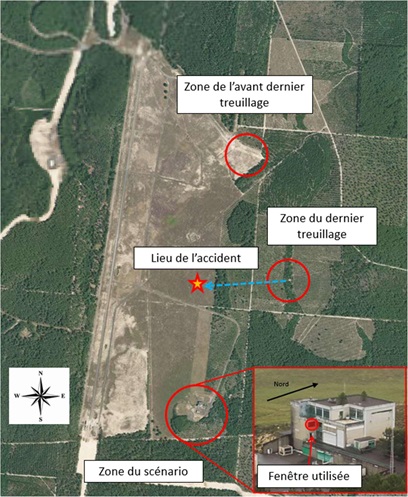
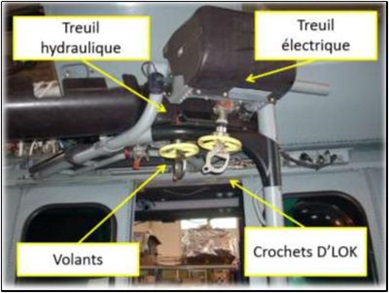

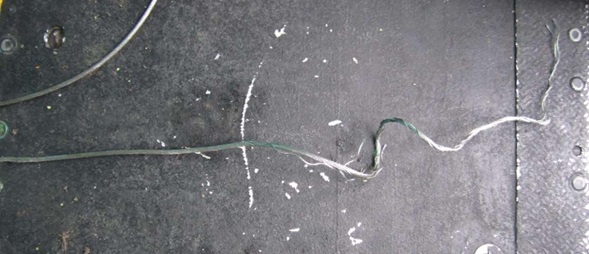




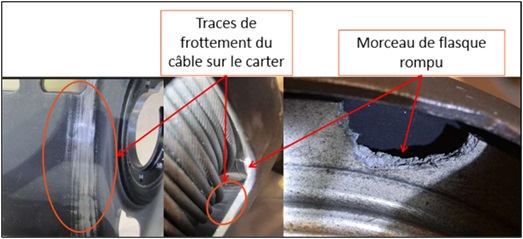





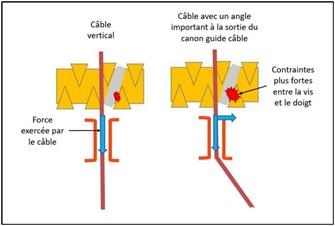
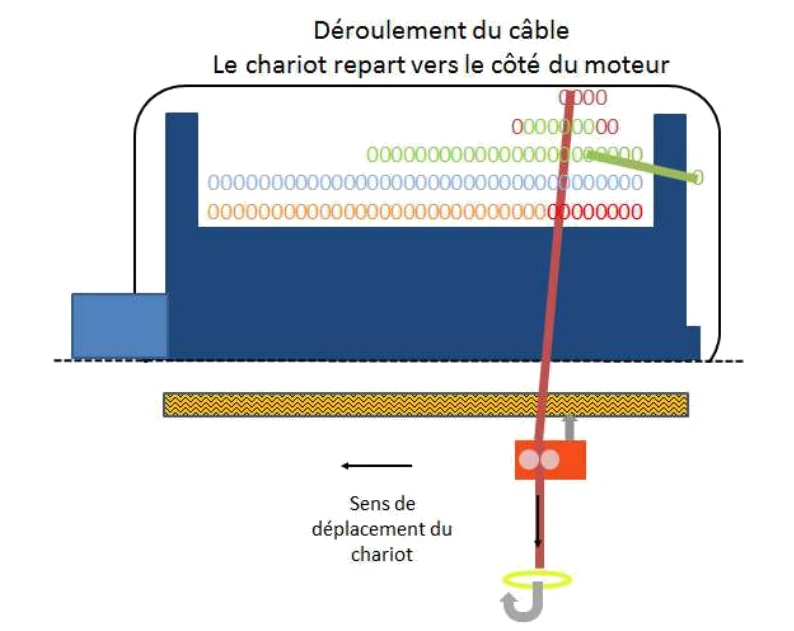
Recent Comments